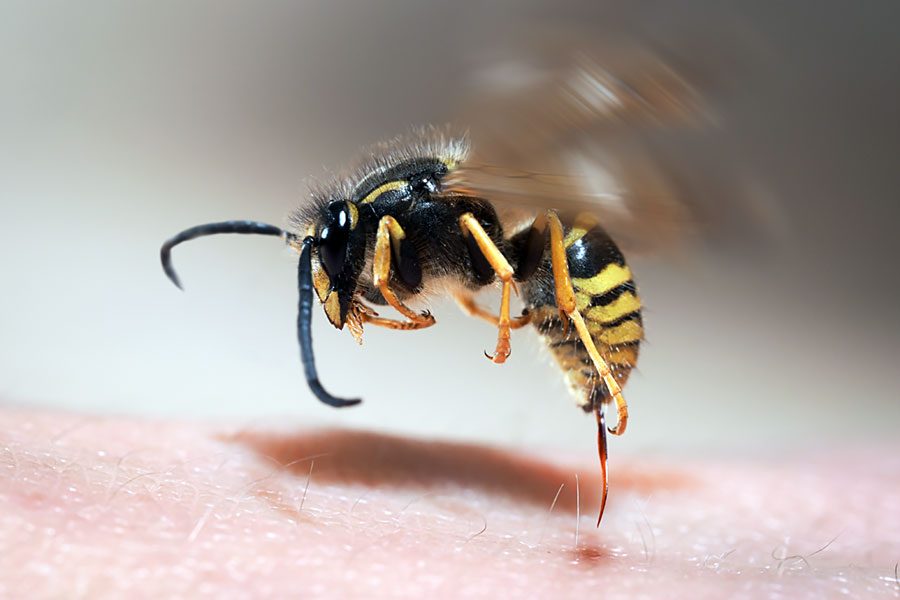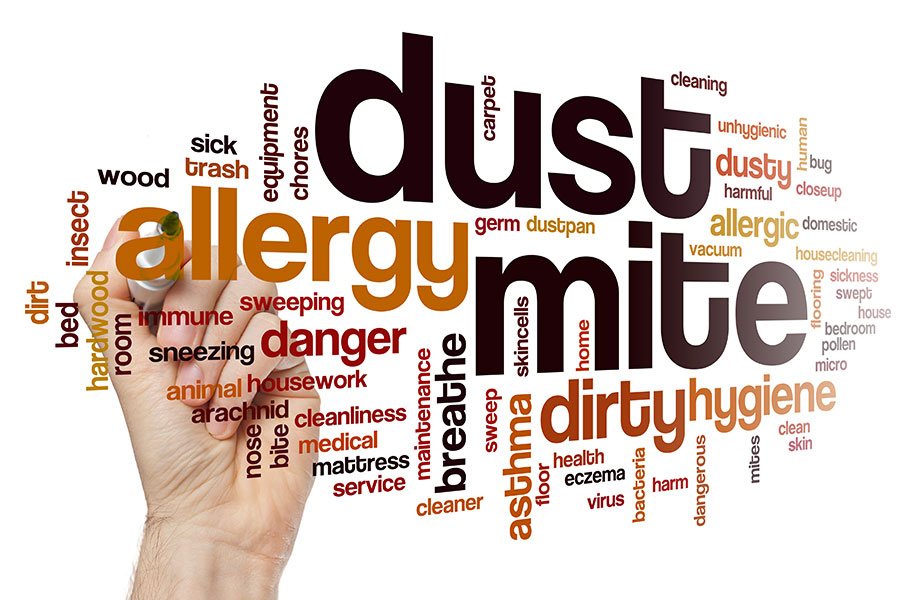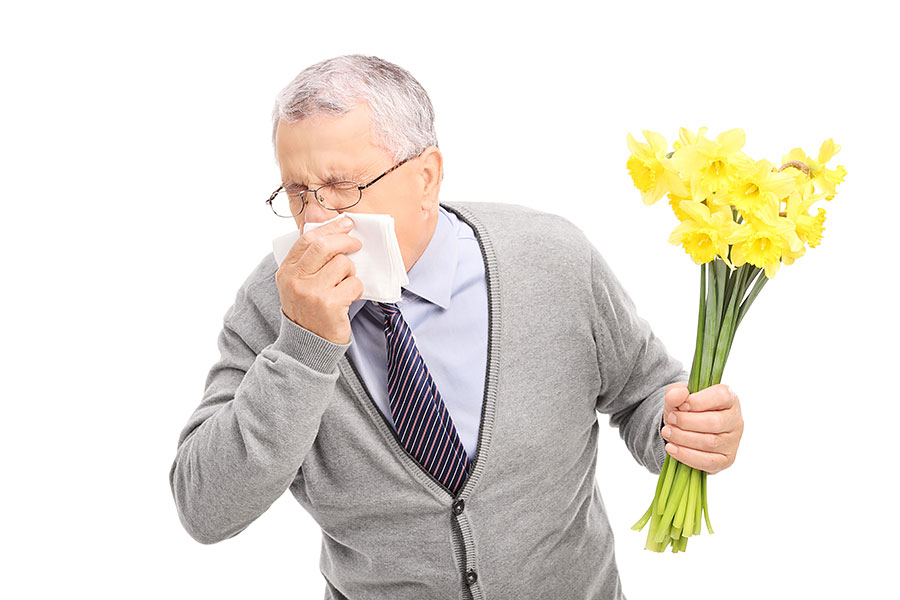The World Allergy Organization estimates that between 1 and 7% of the population worldwide has an insect sting allergy. Some people are allergic to more than one kind of insect sting. Insects causing allergic reactions include wasps, hornets, yellow jackets, bees, and fire ants.(1)
An allergic reaction to an insect sting requires immediate medical attention. Symptoms include one or more of the following: hives, itching and swelling in areas other than the sting site, tightness in chest, hoarse voice or swelling of the tongue or throat.(2)
A life-threatening allergic reaction (anaphylaxis) to an insect sting involves more than one organ system. Symptoms include:
- Skin rashes, itching or hives
- Swelling of the lips, tongue, or throat
- Shortness of breath, trouble breathing or wheezing (whistling sound during breathing)
- Dizziness and/or fainting
- Stomach pain, vomiting, bloating or diarrhea
- Feeling like something awful is about to happen(3)
People who have had an allergic reaction to an insect sting are urged to always carry an epinephrine autoinjector, to use in the event of a future sting. The American College of Allergy, Asthma and Immunology states, “Following one sting reaction, the next sting bite by the same type of insect is up to 70% more likely to cause another systemic reaction.”(4)
Venom immunotherapy helps prevent life-threatening reactions. For those who are allergic, the immunotherapy can reduce anxiety related to insect stings. For this treatment, a small amount of insect venom is mixed with dilute saline and injected under the skin. Generally, there are weekly shots for four to six months, gradually increasing the amount of venom. At a maintenance level, the same dose is given for an additional four to six months. After the first year, maintenance shots are given every six to eight weeks for the next three to five years. A treatment called “rush immunotherapy” is sometimes employed to increase tolerance in a shorter period of time.(5)
According to the American College of Allergy, Asthma & Immunology, “Venom immunotherapy is one of the best preventive therapies in medicine, with over 90% effectiveness in eliminating sting reactions.”(4)
(1) World Allergy Organization, Allergy to Insect Stings and Bites, https://www.worldallergy.org/
(2) American College of Allergy, Asthma & Immunology, Insect Sting Allergy, https://acaai.org/allergies/types/insect-sting-allergy
(3) Allergy and Asthma Foundation of America, Insect Allergies, https://www.aafa.org/insect-allergy/
(4) American College of Allergy, Asthma & Immunology, Why Do I Need Both Epinephrine and Allergy Shots, https://acaai.org/
(5) University of Michigan, Immunotherapy for Allergies to Insect Stings, https://www.uofmhealth.org/




